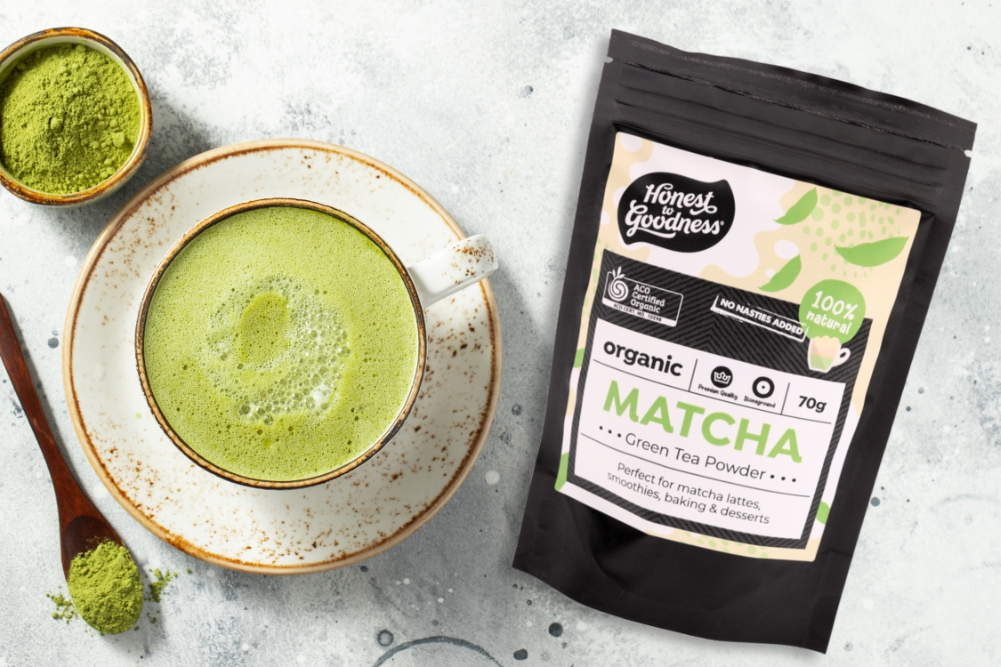Betel Leaf
Valued equally for its culinary and medicinal uses, betel leaf is an attractive plant for a semi-shaded area of the garden.
The heart-shaped, glossy, dark-green leaves of betel leaf are used to make a delicious snack (miang kham) topped with (or wrapping) a fragrant mix of minced prawn, lime, chopped peanuts, herbs and spices in a tangy sauce. The leaves have a nice chewy texture and a mildly peppery, spicy flavour.
While these leaves make perfect finger food or starters for a Thai-style meal, other South-East Asian cuisines also use them shredded in salads, omelettes and stir-fries to add their peppery flavour to the dish. In fact, among betel leaf’s common names are wild pepper, vegetable pepper and betel pepper as well as wild betel.
This plant is not only valued for its culinary uses, however. In many Asian countries its leaves and roots have been traditionally used for a number of complaints including headaches, arthritis, toothache, coughs and asthma. It has digestive, stimulant, expectorant, carminative, antibacterial and anti-inflammatory actions, and the leaves contain reasonable amounts of protein, potassium, nitrogen and other minerals.
Some of these medicinal uses are supported by scientific research including the antibacterial, anti-inflammatory and hypoglycaemic (anti-diabetic) properties of extracts taken from the plant. The leaves have also been shown in studies to have antioxidant effects. In Indonesia, the plant is taken as a tea for its natural antibiotic actions.
Growing
In the garden, P. sarmentosum makes an attractive, fast-growing, evergreen perennial that has a creeping, suckering habit and
reaches up to a metre in height. It has white catkin flowers that turn brown and develop into sweet edible fruit with a jelly-like pulp. As it likes a semi-shade position and rich soil, it makes a good under-storey plant.
P. sarmentosum can adapt to cooler climates even though it’s considered a subtropical to tropical plant, but it may need to be moved to a warmer spot in cold winter conditions. Frost will damage leaves but not kill the plant. In cold areas it’s best to grow it in a container so it can be moved. As much as it doesn’t like frost,
nor does it like hot midday sun.
The betel leaf plant can be easily propagated from cuttings, which
will quickly form roots when placed in a glass of water. Don’t plant
out until spring or summer. Plants are usually available for purchase from specialist herb retailers around October.
Note: P. sarmentosum should not be confused with P. betel,
whose leaves are used to wrap betel nut, which is traditionally
chewed from India across Southeast Asia to the Philippines and
Papua New Guinea.




